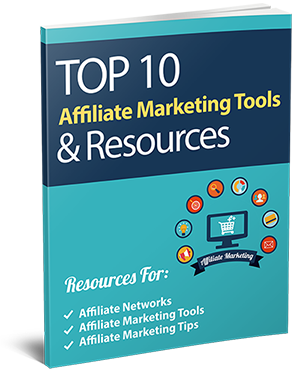Follow these ten easy wins for an instant marketing boost…
1. UNDERSTAND YOUR CUSTOMERS
Getting to know your customers is the most important stage of marketing process. The more accurate your information and knowledge, the more effective you will be at selling. Use all the information at your disposal to understand customer’s behaviour, demographics, and requirements. This information should steer your major business decisions and allow you to write a marketing plan.
2. OBSERVE THE MARKETING ENVIRONMENT
Knowing your customer is vital, but there may also be business opportunities which emerge as a result of changing global circumstances. For example, in recession budget brands such as camp sites or cheap food stores tend to flourish as people dial down their annual spending. Emerging technologies may make new products possible, and new legislation may shift consumer’s behaviours – a good example is the reduction in road tax for low polluting cars. Make sure you regularly ‘scan’ the external environment for opportunities (and threats).
3. DESIGN YOUR PRODUCT OR SERVICE AROUND THE CUSTOMER
Once you have a marketing plan in place, you need to make sure your product or service is tailored to your customers – from the packaging to the way it is promoted. Entrepreneurs often fall into the trap of making the product they want to sell, rather than designing and presenting things in the way the customer wants.
4. ENSURE YOU ARE SMOOTH AND EFFICIENT
The process of conducting your business is almost as important as the product itself – make sure delivery is quick, returns are dealt with courteously, your staff greet customers with a smile and a cup of coffee. Surprise and delight your customers by going above and beyond the call of duty for them. Word of mouth is a powerful selling tool and this is exactly the way to generate it.
5. DESIGN TARGETING ADVERTISING & CUSTOMER COMMUNICATIONS
Placing a few ads just isn’t enough to get noticed any more. Consumers are bombarded with hundreds of marketing messages every day of their lives and take less and less notice. You need to do something pretty special to stand out, so make sure your messages are clear and appeal to exactly the people you are trying to sell to. Use both emotional and rational arguments to demonstrate what you are selling and why they need it.
6. INVEST IN YOUR PEOPLE
Your staff are your most precious asset – look after them and give them the training they need to do their jobs well. From your receptionist to your salesmen, make sure they are motivated, have the tools they need and understand their role in the business plan. If everyone works together, your business will look after itself.
7. MAKE SURE YOUR SHOP FRONT IS IMMACULATE
Good presentation is a huge influencing tool, it generates trust, motivates your staff and makes customers comfortable with their decision. If your front of house is messy, what does that say about your warehouse or filing systems? Even if things are chaotic behind the scenes, never lower the standards of your customer facing areas
8. HAVE A PRICING STRATEGY
Don’t just set a price based on production costs plus a margin. Pricing is a powerful tool to achieve your goals – decide what you are trying to achieve and what message you’re giving out by setting your price at a certain level. High prices mean you’re likely to sell less, but can give the impression of a premium product. Low prices can allow you to break into or dominate a particular market, although this may mean low profitability in the short term. Ensure pricing is part of a greater strategy, and include this in your marketing plan.
9. RESPOND TO COMPLAINTS WELL
Every complaint is an opportunity to turn around a dissatisfied customer – respond quickly and positively. Remember your brand is easily damaged, and the last thing you want is for people to be actively spreading bad stories about your business. A complaint that is dealt with well can often result in a loyal customer, they will have refreshed trust in your brand and the confidence to buy again knowing that if things do go wrong they will be sorted out quickly.
10. WRITE A MARKETING PLAN
Develop your strategy in the form of a written marketing plan, as this will ensure all members of your business understand the company direction. The plan is a comprehensive and well researched document which covers all essential aspects of taking your products to the customer, including the points listed above. When developing the plan, ask yourself the following questions.
- Where are we now?
- Where do we want to be?
- What opportunities exist in the environment?
- How will we get there?
- Who will do what?
- How will we know we’ve arrived?







